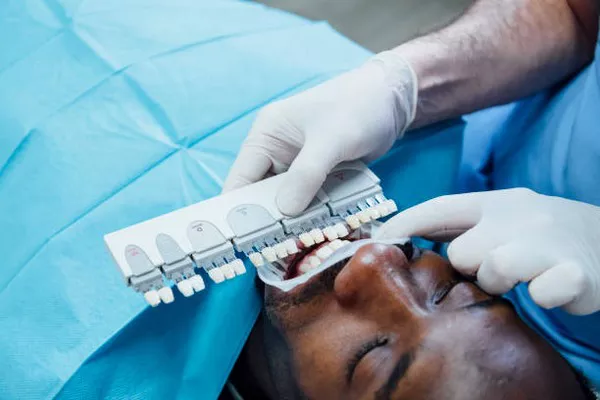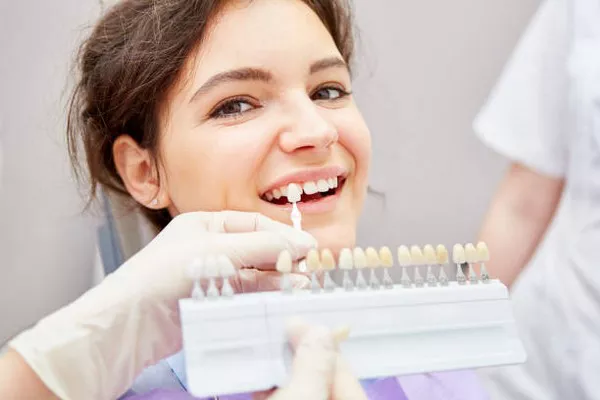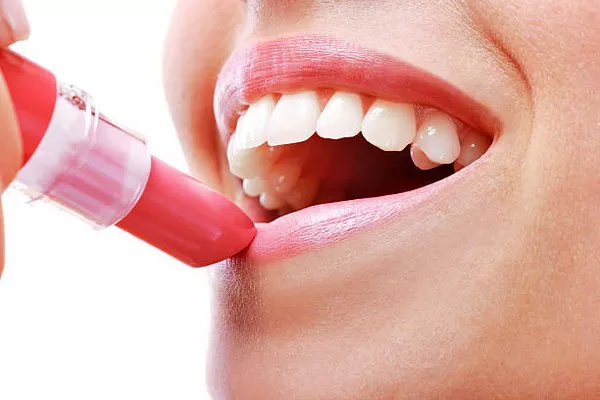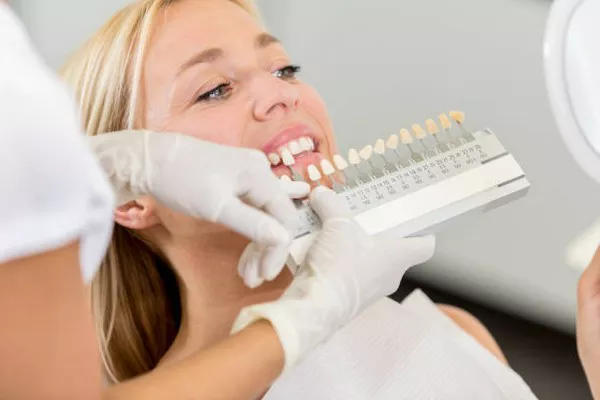In the quest for a dazzling, pearly white smile, many of us turn to teeth whitening products, with white strips being a popular choice. However, there’s often confusion about the right post-whitening dental care routine, especially when it comes to the age-old question: “Do I brush my teeth after white strips?” In this article, we’ll delve into this topic, providing you with expert advice on how to maintain your oral hygiene and dental health after using white strips.
Let’s explore this crucial aspect of teeth whitening in detail:
1. The Importance of White Strips
White strips are a convenient and effective method for achieving a brighter smile. They contain peroxide-based bleaching agents that help break down stains on your teeth, ultimately making them whiter. However, once you’ve used white strips, it’s essential to consider what steps to take next.
2. Should I Brush My Teeth Immediately After White Strips?
The answer to this common query is a resounding “No.” After whitening your teeth with white strips, it’s crucial to give your teeth some time before engaging in your usual oral hygiene routine. The reason behind this is that your teeth become more porous and susceptible to damage immediately after whitening.
3. Wait at Least 30 Minutes
To ensure that you don’t damage your enamel, it’s advisable to wait at least 30 minutes before brushing your teeth after using white strips. This waiting period allows your teeth to remineralize and regain some of their natural protective qualities.
4. Rinsing Your Mouth
During this waiting period, you can rinse your mouth with water or a non-alcoholic, fluoride-based mouthwash to remove any residual gel from the white strips. This step ensures that the whitening agent doesn’t linger on your teeth, which could potentially harm your enamel.
5. The Right Toothpaste Matters
When you do finally brush your teeth after the 30-minute wait, make sure to use a toothpaste that’s designed for sensitive teeth. The abrasiveness of some toothpaste brands can be harsh on freshly whitened teeth. Opt for a toothpaste that’s gentle on your enamel.
6. Frequency of Post-Whitening Brushing
After using white strips, your teeth are more prone to sensitivity. It’s wise to avoid over-brushing, as this can cause discomfort. Ideally, brush your teeth gently twice a day using a soft-bristle toothbrush to maintain your white smile without damaging your enamel.
7. Maintain Good Oral Hygiene Practices
While the timing of brushing your teeth after using white strips is important, it’s equally crucial to maintain good oral hygiene practices. Regularly flossing, using mouthwash, and visiting your dentist for check-ups are all essential steps to ensure the longevity of your whiter smile.
8. Foods and Drinks to Avoid
Post-whitening, your teeth are more susceptible to staining. To preserve your newly achieved white smile, avoid or limit the consumption of highly pigmented foods and drinks, such as coffee, tea, red wine, and dark-colored fruits.
9. Touch-Up Treatments
White strips often require regular use for optimal results. Depending on the brand and type you use, touch-up treatments may be necessary to maintain your desired level of whiteness. Always follow the manufacturer’s guidelines for touch-up treatments.
In conclusion, the question of whether you should brush your teeth immediately after using white strips has a clear answer: No, it’s best to wait at least 30 minutes. This precaution helps safeguard your enamel while allowing your teeth to remineralize. When you do brush, choose a sensitive toothpaste and opt for gentle brushing to maintain your newly whitened smile.
Remember, the path to a radiant smile doesn’t end with white strips; it continues with consistent oral hygiene practices, including regular dental check-ups and a cautious approach to stain-inducing foods and beverages. By following these guidelines, you can enjoy the benefits of teeth whitening while preserving your dental health.
Related Links:
Should you rinse out your mouth after using whitening strips?
What teeth whitening method works best?
Why are teeth whitening strips so expensive





























